POWER SURETY
ENERGY RESILIENCY SERVICES – PROJECT DEVELOPMENT, DELIVERY AND FINANCING SERVICES FOR THE ENERGY INDUSTRY
Program Development Support
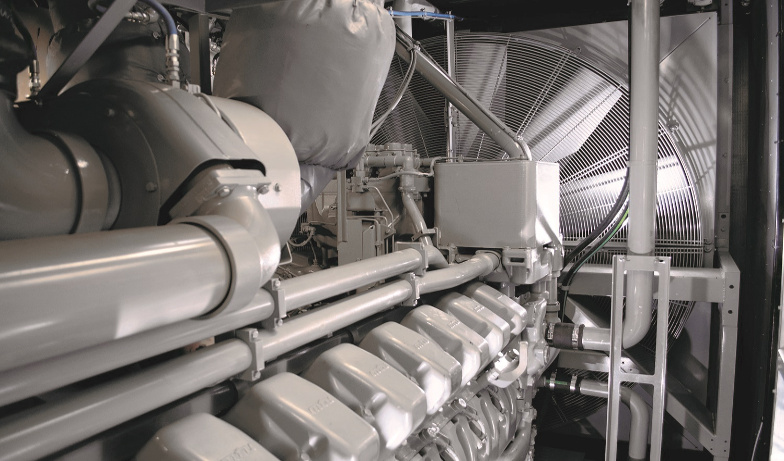
Enabled by Congress with the passage of the Energy Policy Act of 1992, and codified as 42 U.S.C. 8256, over $3 billion have been invested in Utility Energy Services Contracts (UESCs) since 2000. Moreover, 2,000+ projects, ranging from smaller energy efficiency projects to large, comprehensive demand management and onsite generation projects, have been implemented through the UESC program. There are currently more than 65 utilities participating the U.S. Department of Energy-managed UESC program.
A primary benefit of UESCs is their flexibility since the blending of paid-from-savings and appropriated funding is allowable under the program. PowerSurety principals were early UESC pioneers, have over 50 years of combined experience working under the program, have collaborated with over 25 utility UESC providers, and have developed, financed, and implemented scores of UESC projects.
If you could use support launching or managing a UESC program or project, please contact us and we’ll be happy to explore how we might be able to help.

Also enabled by Congress with the passage of the Energy Policy Act of 1992 and codified by 42 USC 8287, nearly $6 billion have been invested in Energy Savings Performance Contracts (ESPC) by U.S. federal agencies with cumulative savings of over $12 billion having been realized.
In 2015, the U.S. Army Corps of Engineers (USACE) issued their third-generation ESPC Indefinite Delivery/Indefinite Quantity (IDIQ) multiple award task order contract (MATOC) to 14 energy service contractors. The aggregate contract ceiling for all 14 contractors under the USACE MATOC is $1.5 billion.
In 2017, the U.S. Department of Energy (DOE) issued their third-generation multiple award Indefinite Delivery/Indefinite Quantity (IDIQ) ESPCs. Contracts were issued to a total of 21 energy service companies (ESCOs) who had previously been previously qualified as viable contractors. The aggregate contract ceiling for all 21 contractors under the DOE IDIQ is $55 billion.
“This program highlights how the public and private sector partnerships can align with the Administration’s objectives for increased energy efficiency and job creation without burdensome regulations,” said U.S. Secretary of Energy Rick Perry. “A key component is that these energy and water efficiency projects at federal facilities pay for themselves, and the hope is that all federal agencies will utilize this financing method to the fullest extent.”
PowerSurety seeks to assist ESCOs by providing a wide variety of consulting and support services for their ESPC programs and projects. Our principals are expert in all aspects of ESPC and offer a broad menu of services and support. Please contact us to learn more.

Public-Private Partnerships (P3) are contractual relationships between a public agency and a private sector entity. The public agency can be federal, state, or local, and the private party can be virtually any form of legal entity. Public-Public-Private Partnerships (P4) are contractual relationships between two public agencies and a private sector entity. P4 transactions are becoming much more common and oftentimes involve a state or federal agency working with a local municipality or county government, and both agencies working with a private entity.
A good example of a P4 is a critical load renewable energy microgrid project developed and implemented by Chevron USA’s energy services division at the Marine Corps Logistics Base (MCLB) in Albany, Georgia. In this case, the project was developed under the U.S. Department of Energy’s (DOE) Energy Savings Performance Contracting (ESPC) program with two federal agencies, DOE and the U.S. Department of Defense, and Dougherty County, Georgia.
In order to provide renewable fuel to a new onsite cogeneration system that served mission critical loads, Dougherty County entered into a methane off-take agreement with MCLB. Instead of flaring excess landfill-derived methane as they’d previously been doing, Dougherty County elected to reduce their greenhouse gas emissions by capturing and diverting the methane for a beneficial purpose that also served to create a new revenue stream for the County.
The benefits of the project were numerous: MCLB improved their level of energy resilience, funded their microgrid project with the cost savings it generated, and reduced their greenhouse gas footprint by reducing their volume of purchased electricity. Dougherty County created a new revenue stream and assisted one of its key constituents in implementing a mission critical project; and the world benefitted from a significant greenhouse gas reduction project. This P4 project surely created 4x benefit for the partnership.
The principals of PowerSurety have been deeply involved in developing, financing, implementing, and operating of P3- and P4-based energy infrastructure projects for over two decades and have a collective base of experience of over 65 years in structuring these types of projects.
With the advent of community microgrid projects and the intense focus public entities of all types have to reduce energy usage, improve energy resiliency, and reduce costs, P3s are rapidly becoming a preferred transactional structure due to their overall effectiveness and the high degree of flexibility they provide.
If you would like to learn more about Public-Private Partnerships or could use support with the transactional structuring or technical development of a P3 or P4 initiative, please connect with us and we’ll get to work for you.
POWER SURETY
DEVELOPS EMPIRICAL BASELINES TO HELP MITIGATE SAVINGS RISK
Project Level Sales Support

PowerSurety assists clients by augmenting their sales processes with staff and/or deliverables to improve project capture rates. We assist client acquisition efforts by performing prospective customer-specific due diligence, participating in early-stage onsite capture activities, providing market intelligence on trends and technologies, and helping clients expand their product offerings and capabilities.
Energy efficiency and resiliency initiatives are often complex transactions that involve diverse stakeholder groups with varying levels of financial and technical knowledge of proposed solutions. Each stakeholder interaction should aim to increase your prospective customer’s confidence that your team will provide them the highest probability of achieving successful outcomes. Power Surety specializes in helping companies increase their technical competencies in ways that enable your sales organization to be more effective.

Proposals that effectively convey technical and financial concepts to prospective customers and/or selection committees with subject matter expertise are more art than science. Successful proposals require strong win themes, succinct narrative, and meaningful graphics that reinforce messaging. PowerSurety staff works side-by-side with proposal writers and sales teams to assist in all aspects of proposal development. We can support your organization’s pursuit efforts, whether through staff augmentation, deliverables-based support, or turnkey outsourcing of proposal development activities.
PowerSurety can also perform independent third-party proposal reviews as part of a structured proposal generation effort (Pink, Red, Green, Gold reviews).
Pink = 75% Red = 95% Green = Pricing Gold = Pre-submittal Final Review
Typical areas of review focus:
1) Coherence: Is there too much use of technical jargon? Are win-themes consistent?
2) Completeness: Is every requirement in the RFP fully addressed? Are there any gaps in strategy?
3) Compliance: Do all sections conform to relevant instructions and regulations?
4) Consistency: Are all sections formatted the same way and in the same font?
5) Correctness: Are there any technical, compliance, or mathematical errors?

PowerSurety helps clients improve win rates by supporting them through the entire capture management phase. Whether pre-proposal shaping activities, resourcing capture activities during proposal development, or participating in post-submittal activities, PowerSurety professionals provide essential support to already stretched sales teams responding under tight timelines. PowerSurety can also assist by managing or supporting opportunity assessment processes, Bid/No Bid decisions, building relationships with key partners, and designing and executing winning proposal strategies.
PowerSurety staff have developed significant expertise over decades of time working in the energy efficiency and resiliency space. The best evidence of our team’s capture abilities is our combined record of over $2 billion of successfully executed energy projects over the years. These competitive selections were a direct result of creating win themes, value propositions, technical solutions, development approaches, and project strategies that resonated with clients and source selection committees. To learn more about how PowerSurety can help your team do the same, click here.
POWER SURETY
SUPPORTS PRE-DEVELOPMENT EFFORTS TO HELP INCREASE PROJECT CAPTURE RATES
Project Development
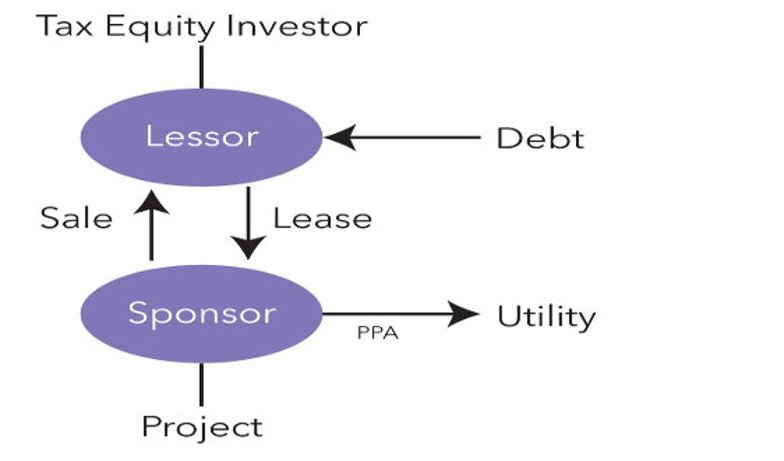
PowerSurety staff have been involved in the development of commercially viable projects and structured financings for over $2 billion worth of energy infrastructure projects implemented in the Federal, State/Local Government, and Commercial sectors. We have the skills necessary to understand unique owner requirements and then organize commercial terms and financing structures around those specific needs. Structures and technical areas in which we have deep experience include Public-Private Partnerships, Microgrid as a Service, Renewable Energy Power Purchase Agreements, CHP Energy Service Contracts, Lease Financing, Special Purpose Entity Revenue Pledge Financing, Fuel Supply Agreements, Concession Agreements, Central Plant Commodity Off-Take Agreements and Central Plant Sale/Leaseback or Lease/Leaseback transactions.
PowerSurety staff can also analyze and summarize enabling authorities, policy guidance, and regulatory matters, which are necessary to ensure that the transactional components of a project are aligned and that all available revenue or savings sources are recognized and utilized.
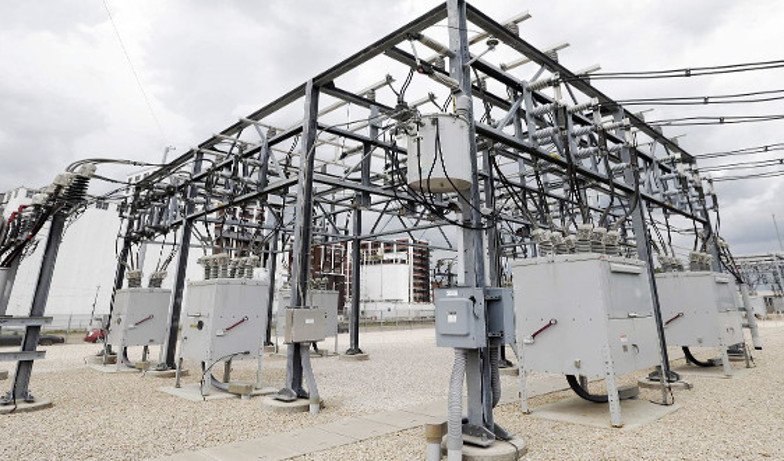
PowerSurety provides resources to support grid interconnection application processes, regulatory and operational reviews of utility requirements, cost estimates of interconnect equipment, and reviews of Power Purchase Agreements (PPAs) to ensure conformity.
We also support clients’ environmental permitting efforts throughout a project’s life cycle, including development, construction, operation, and restoration and reuse. Energy projects often require a National Environmental Policy Act (NEPA) Environmental Assessment, (EA) or for larger, more complex projects, a full Environmental Impact Statement (EIS). A NEPA EA is the shorter version of the two that contains reviews of the potential impacts of a project with regard to site factors such as endangered species, historical preservation, cultural resource management, archaeological remains and other resources that could be potentially impacted from a proposed energy project.
The purpose of an EA is to determine whether a full EIS is required. If the EA indicates that no significant impact is likely, the EPA can release a finding of no significant impact (FONSI) and the project can proceed without the need for an EIS. PowerSurety supports the early development of (EAs) since they have the potential to create lengthy delays and add significant cost later in a project’s development cycle.

PowerSurety staff have strong capabilities related to structured project financing, government contracting, and commercial contracts management. We are capable of supporting early-stage activities such as project Go/No Go decision-making with focus on credit issues and determining the financeability of specific commercial structures and technologies.
We also have substantial subject matter expertise in FAR/DFAR-based contracts and CFR requirements and support project-level acquisition planning, Statement of Work (SOW) and Performance Work Statement (PWS) development/management, cost estimation and pricing analysis, and supplier selection and contract administration. If PowerSurety can assist you in creating financeable commercial structures or providing contracting support, please contact us.
POWER SURETY
PROVIDES ENGINEERED PLANS AND SPECIFICATIONS TO ENABLE COMPETITIVE BIDDING
Energy Surety Assessments
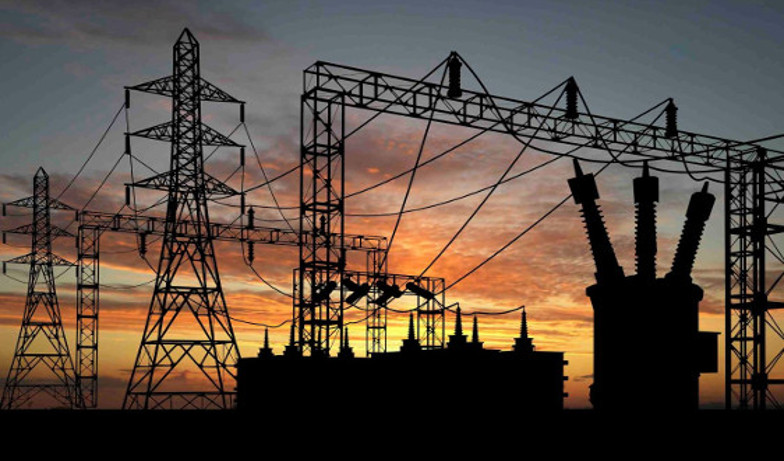
Energy resiliency and power quality requirements are unique to individual connected loads, oftentimes on a circuit-level basis. Characterizing these requirements; aggregating by circuit, building, facility, and distribution grid; and then defining the macro-interaction with the utility grid is a fundamental first-step in each and every microgrid assessment. It also provides foundational and necessary design criteria on which to base further analysis.
As an example, determining whether the desired level of grid interaction is more in line with a Department of Energy (DOE) or a Department of Defense (DoD) microgrid definition is a good starting point for the assessment effort.
Department of Energy (DoE) Microgrid Exchange Group:
“A microgrid is a group of interconnected loads and distributed energy resources within clearly defined electrical boundaries that acts as a single controllable entity with respect to the grid. A microgrid can connect and disconnect from the grid to enable it to operate in both grid-connected and island-mode.”
Department of Defense (DoD):
“A DoD installation microgrid is an integrated energy system consisting of interconnected loads and energy resources which, as an integrated system, can island from the local utility grid and function as a stand-alone system.”

Equal in importance to establishing quantitative baseline resiliency criteria is establishing a firm understanding of baseline energy usage patterns and costs.
Typical goals of many energy surety and microgrid initiatives are to obtain the following:
1) Increased reliability at a lower overall energy cost
2) Greater energy efficiency that leads to reduced costs
3) The ability to generate revenue by participating in ancillary services programs
4) Lowering overall cost by utilizing onsite generation assets as demand reduction resources
5) Optimizing the use of new/existing renewable generation assets to lower overall energy cost
Since energy cost is one of the key drivers for virtually all resiliency initiatives, PowerSurety’s early assessment efforts focus on defining historical and current patterns of energy use and determining actual costs incurred by analyzing utility bills, tariff structures, and interval data consumption.
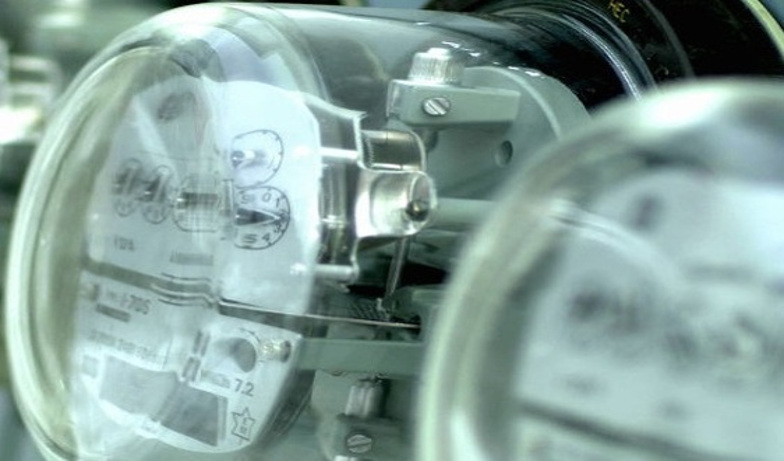
Establishing baseline power quality and reliability conditions is critical to understanding the return on investment (ROI) of any microgrid or resiliency effort as it moves forward. PowerSurety staff work with clients and utility representatives to determine historical reliability patterns, and as necessary, supplement the work effort with additional data acquired by temporary data-logging and metering equipment. The energy resiliency services provided during this phase consists of reviewing and augmenting existing electrical distribution design documents and utility interconnection information to reflect current as-built conditions.
Obtaining historical metering information relevant to power quality and reliability for both the supply and distribution of electrical power on the existing sub-transmission and/or distribution systems is critical. Additional data logging can be performed to establish definitive power quality criteria and obtain information necessary for future microgrid stability model analyses.
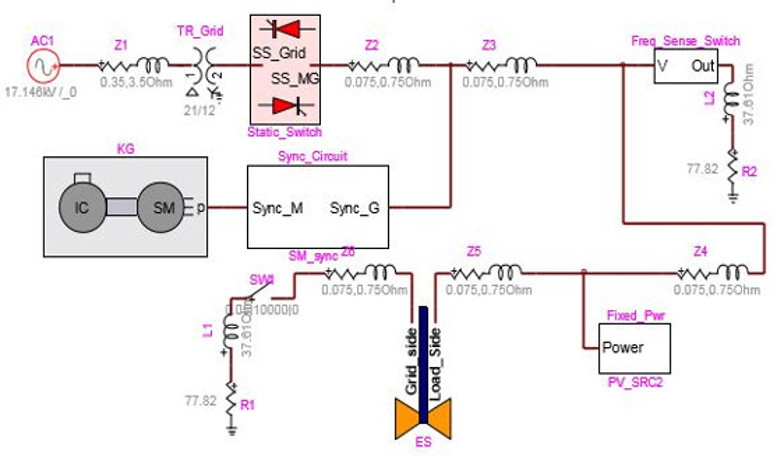
At the core of energy resiliency services provided during many assessments is the generation and iterative development of multiple microgrid topologies that can consist of varying distributed generation and storage assets in varying load scenarios. The objective of these simulations is to consider and produce viable system configurations for all possible combinations of matched loads and supplies. The models are dependent on and built using design criteria and requirements that were defined at the beginning of the assessment process. These simulations often evaluate hundreds or even thousands of system configurations and model operational results for each microgrid over an entire year’s time, and in intervals typically ranging from one minute to one hour.
These possible combinations of system types and operation are then sorted and prioritized using variables such as operating requirements, performance characteristics, and desired outcomes that were established early in the assessment process. The variables can be economics-driven (levelized cost of electricity), resiliency-based, (islanding time) reliability-centric, (power quality) or a blend of all three.

Based on the optimized microgrid topology that yields the desired resiliency and power quality results, economic models and sensitivity analyses are performed to determine levelized costs of energy from the proposed solution. Rough order of magnitude (ROM) notional capital and operating expense (CAPEX/OPEX) forecasts are developed based on takeoffs from concept microgrid designs. These costs are then rolled into operational proformas associated with the proposed system.
Additional microgrid benefits are then identified, quantified, and included in the economic analysis. These economic, operational, environmental, and public health and safety benefits can include the following:
- Reduced cost in expanding/maintaining energy generation or distribution capacity to accommodate future growth.
- Increased system reliability resulting from reduced exposure to utility-derived power outages on critical loads.
- Improved power quality as the result of significant reductions in the frequency of voltage sags and swells or in the quantity of momentary power interruptions to load centers.
- Reduced air pollution and greenhouse gas emission levels.
- Reduced damages, expense, or lost profits resulting from prolonged power outages.
- Enhanced public safety resulting from fewer prolonged power outages at facilities such as hospitals, police dispatch/communications centers, and community centers.
If you have interest in better understanding how PowerSurety can assist you with energy resiliency services in realizing the above benefits, please contact us.
POWER SURETY
PROPOSAL SUPPORT AND REVIEWS ENHANCE SALES PURSUIT EFFORTS
Energy Project Due Diligence

Energy efficiency and resiliency projects can create significant risk for end users, government agencies, prime contractors, and energy service companies alike. Not only do these types of projects carry typical design and construction risk, but they normally contain an additional layer of long-term performance risk that remains intact for more than a decade. As examples, the average performance period for U.S. Department of Energy (DOE) Energy Savings Performance Contracts (ESPCs) is 16 years, and power purchase agreements (PPA) and public-private partnerships (P3) are often 25 years in duration.
The crux of the issue related to energy project risk has to do with baseline development accuracy. Whether energy usage and cost savings baselines or power quality and reliability baselines, if either are not constructed using actual historical data acquired from the host facility’s onsite systems, there is a high probability that the baseline will not be accurate. This creates undue risk for all parties.
This risk, if not properly mitigated during development, can persist and create long-term drags on budgets and operating issues with installed systems. PowerSurety assists energy service providers, contractors, and end-users alike to mitigate risk by establishing data-centric baselines and using empirical analysis for proposed solutions. This approach helps quantify risk and guides project decisions early in the development process.

Savings analysis predicated on industry averages, rules of thumb, and macro measurements of installation-wide energy use can lead to significant differences between the level of expected energy savings and reality of what those savings actually end-up being.
The long-term operational and reputational risks that can arise from an improperly structured savings analysis and/or measurement and verification methodology during project development can be extreme and damaging, especially from large projects with long-term performance periods.
PowerSurety assists in quantifying risk, establishing accurate and transparent baselines, and helping project stakeholders make informed decisions during early-stage project development.

PowerSurety brings invaluable engineering expertise in reviewing client-prepared engineering and design documents. Our staff have a robust understanding of the critical interrelationship between accurate early-stage design documents and the ability to establish a firm basis of design with both end-users and trade contractors who will be performing the work.
The review of designs and specifications that become “fit for purpose,” enable the project team to identify potential risks and establish capital cost estimates early in the development process. Accurate design documents also enable the identification and resolution of future operational issues while minimizing the probability of disconnects between the developer and end-use host prior to the expenditure of significant at-risk funds in latter project development phases.
PowerSurety peer reviews typically include the following:
1) Review of engineering designs, specifications, and proposed costs.
2) Backfilling with missing deliverables that firmly delineate scope.
3) Review of anticipated energy baselines, savings analysis, and measurement and verification plans.
4) Value engineering recommendations to modify construction materials and/or equipment selections to lower capital costs and long-term maintenance expense.
5) Provide energy resiliency services to guide equipment redundancy decisions.
POWER SURETY
OFFERS EXPERT PROCUREMENT SERVICES TO DRIVE DOWN DIRECT PROJECT COSTS
Engineering Support
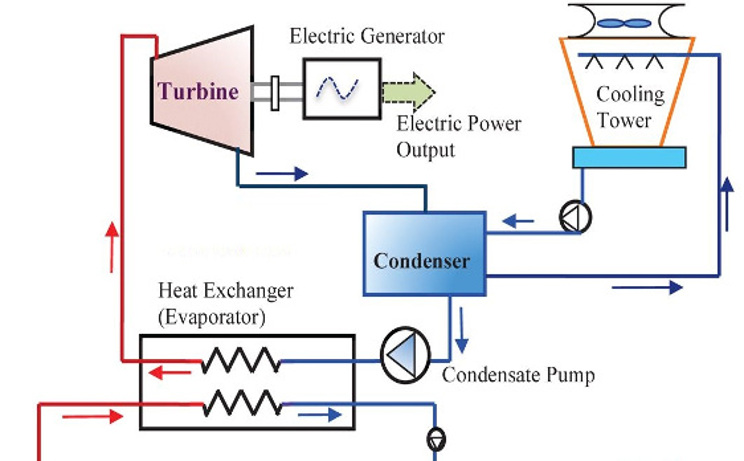
Defining the scope and scale of most energy projects requires a minimum subset of drawings and specifications to, 1) define and communicate basis of design details to align customer expectations, and 2) to delineate scopes of work to vendors and subcontractors. Although narrative-only scopes limit pre-award design costs, potential gaps between a customer’s expectations and project reality can easily overrun contingencies and turn even the most innovative and viable project into an economic ruin.
PowerSurety provides engineered plans and specifications for all projects we are involved with. We design exclusively in 3-D and begin by preparing designs through the schematic design level (35%) since that is a sufficient level for performing material take-offs, which enables the provision of detailed engineering estimates and the acquisition of contractor bids. A typical schematic design set includes the following:
1) Outline Equipment Specifications
2) Single-line Electricals
3) Electrical and Mechanical General Arrangements including Major Distribution Runs
4) Preliminary Site Plan
5) Preliminary Demo Plan
6) Equipment Schedules
7) Basis of Design Narrative
8) Control System Block Diagram / Philosophy Narrative / Network Map
This level of design is necessary for obtaining market-based pricing information to substantiate opinions of probable cost to within +/- 15% of actual project cost.
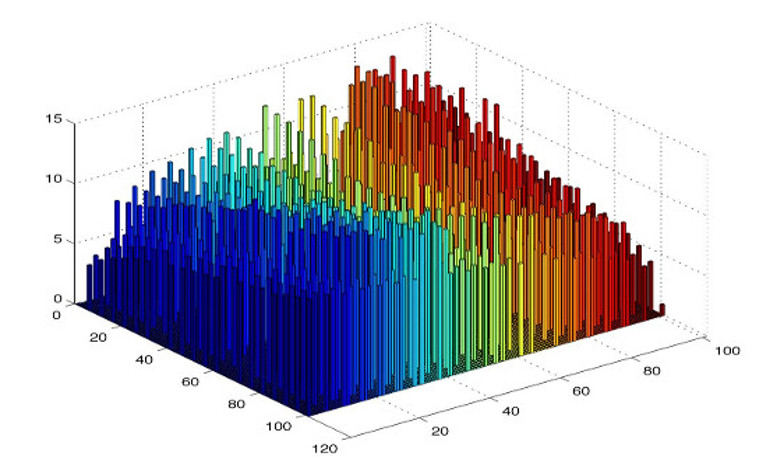
Energy resiliency and power surety project initiatives begin with the presumption of increased reliability. Qualitative factors such as levels of redundancy (N+1) are insufficient to benchmark past or future performance. Even for the mission critical data center industry, Tier Levels, (I, II, III, IV) as defined by the Uptime Institute, categorize levels of reliability by system type and not by end performance. As such, a lower Tier I reliability design can actually be more reliable than a top of the line Tier IV design, simply by employing more reliable subcomponents on the Tier I system.
Although there is no “one size fits all” reliability metric for all energy systems and needs, PowerSurety uses availability metrics derived in the development phase through probabilistic risk assessment (PRA) iterations, to optimize system performance and costs. Mean-Time-To-Failure (MTTF) and Mean-Time-To-Repair (MTTR) standards are used to develop models that quantitate baseline performance of existing systems and forecast the future performance of new systems.
These energy resiliency services and tools are essential for making informed decisions on microgrid components and are critical for establishing long-term energy guarantees.

PowerSurety engineers and designers provide detailed design (65%) packages and construction documents (95%) as part of design-bid-build or plan-spec project delivery processes. The uniqueness of most power surety initiatives oftentimes mandates the need for a higher level of design on specific project elements and necessitates the need for bidding documents that detail the means and methods of construction. PowerSurety typically serves as our client’s representative and performs as the design manager for the production of detailed design documents and bidding packages.
If PowerSurety can assist you with early-stage designs, probabilistic risk analysis, or detailed designs and bidding documents, please contact us to discuss.
POWER SURETY
ENSURES FINANCINGS ARE STRUCTURED IN COMMERCIALLY VIABLE WAYS
Project Management
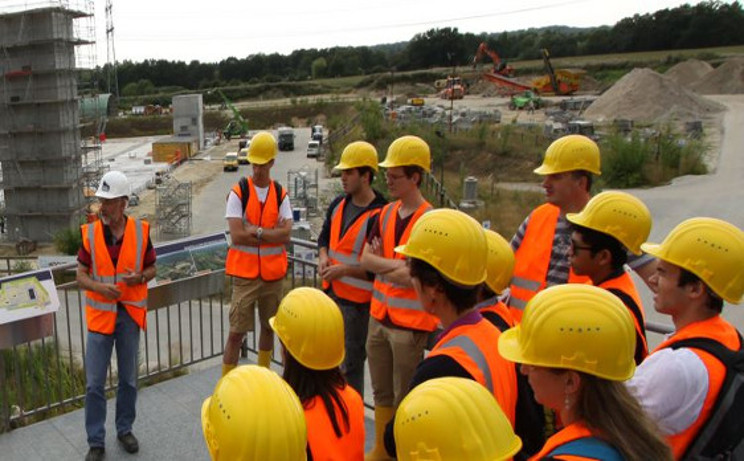
Energy projects are infinitely diverse and come in all shapes and sizes. Successful ones, however, have one thing in common: they start with solid plans and budgets and are executed with effective project management staff. Challenges such as budget, availability of resources, the effects of weather and unforeseen conditions on schedule, constructability, and many other issues that oftentimes cause concern, can be mitigated by experienced project delivery personnel and strong pre-planning efforts.
PowerSurety provides project management and support services with industry veterans who are supported with company processes that have been honed through decades of refinement.
Our managers are especially effective in meeting construction schedules since they understand the importance of daily communication between an integrated project delivery (IPD) team of clients, vendors, and contractors. With strong commitment to IPD tenants of communication, transparency, and collaboration, we form partnerships with our clients and subcontractors so that project changes and alterations are identified quickly and handled early in the delivery process.
Typical project management support services include the following tasks and responsibilities:
1) Project scheduling
2) Constructability and technical review of design documents
3) Cost estimating (total project and change order)
4) Construction quality control monitoring, testing, and inspection
5) Claim analysis
6) Commissioning services
7) Project closeout

PowerSurety commissioning support services include physically testing and verifying the operation of all electrical and mechanical components of installed energy systems, including the supervisory and device controls that monitor and sequence their operation. This process is interwoven into the overall implementation process to integrate pre-functional checks, functional testing, and system verification into future continual commissioning processes.
As with virtually all physical systems, energy systems related to generation, efficiency, or central plants begin to operate less than optimally over time. Even with well-trained staff, system components can fail and go unnoticed for years. Existing control systems can also be overly complex and end-up being over-ridden by staff looking for quick “fixes” during upset conditions. In order to identify and resolve these types of ongoing operational issues, PowerSurety performs retro-commissioning of existing systems.
To make optimal use of PowerSurety resources, the retro-commissioning process can be performed as part of an overall energy auditing effort. In addition to testing and investigating the operation of existing systems, PowerSurety staff provide recommendations on potential energy conservation and efficiency improvement measures to enable additional cost savings and reductions in energy use.

PowerSurety can support your operations team’s Critical Path Method (CPM) scheduling needs to minimize completion risk and enhance project controls. Our technical staff are experienced in developing, analyzing, updating, and monitoring project schedules; and in supporting project reporting procedures. We work with your project team during development phases to customize the CPM scheduling and project control services that will best meet your team’s specific implementation phase needs.
PowerSurety utilizes standard industry scheduling methods and software platforms to develop, monitor, and report the progression of construction projects. This quickly and accurately updates project stakeholders as to the status of project events, potential problems, and corrective actions being taken.
Tools and processes used by our staff include the following:
• Primavera™
• Microsoft Project™
• Critical Path Method (CPM) Scheduling
• Program Management Schedules
• Preliminary Schedules
• Linear Schedules
• Periodic Scheduling Updates
• Resource and Cost Loaded Schedules
• Schedule Delay Analysis and Quantification
• Total Float Management
• Time Impact Analysis
• Monte Carlo Risk Simulations
Contact us to learn more about customized approaches to support your team’s project management efforts.
POWER SURETY
HELPS PROJECT TEAMS LEVERAGE USE OF INTEGRATED PROJECT DELIVERY TENANTS
Operations and Maintenance Program Support
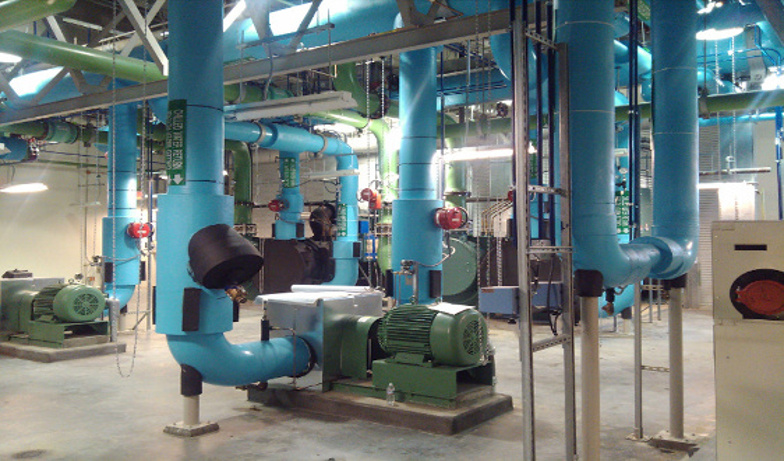
With the economic lifespans of energy projects sometimes exceeding 30 years, it is imperative that long-term operations, maintenance, repair, and replacement (OMR&R) costs are fully understood in order to preserve economically sustainable operations. Life-cycle cost analysis (LCCA) is a commonly-used method for assessing the total operational cost of energy system ownership over the life of an asset. Models, however, are only as accurate as input data fed into them, so it is critical that systems and operations are fully-defined and specified in advance of forecasting future operating costs.
PowerSurety staff have been providing solutions to the Design-Build-Operate marketplace for the last 20+ years, so we are well-prepared and qualified to assist energy service companies (ESCOs), project developers, utilities, and end-users alike, in determining long-term costs associated with developing, constructing, acquiring, owning, and disposing of energy infrastructure assets.
Non-fuel operating costs are much more difficult to estimate than initial construction expenditures. The variability that exists between operating schedules and standards of maintenance vary from project-to-project and there is increasing uncertainty about future repair and replacement costs of material and equipment as project assets age.
Power Surety takes these and other uncertainties into account and performs numerous probabilistic risk analysis iterations to quantify variables, mitigate operating risk, and protect profitability and/or constrained budgets.

PowerSurety staff have been providing Design-Build-Operate solutions to public and private sector customers for over 20 years. We believe that our having been responsible for all phases – including long-term OMR&R – of project lifecycles on nearly $1 billion in energy infrastructure projects creates considerable intrinsic value. Not only are we able to back-feed lessons learned into design and construction phases of projects, but we possess valuable real-world experience in forecasting future operating costs. Our forecasting experience includes competitively-bid, lump sum power purchase agreements, (PPAs) as well as transparent, open-book negotiated contracts under public-private partnership (P3) and energy savings performance contracting (ESPC) structures.
The successful hands-on experience of PowerSurety staff enhances our ability to competently provide the following:
Operating Assessments: Assessments of existing energy plants or systems to evaluate system criticality, effectiveness, and efficiency, and then offer recommendations aimed at protecting or improving our client’s return on investment.
Root Cause Analysis (RCA): Eliminating the cause of failures is the fastest way to improve energy system availability and performance. PowerSurety provides energy resiliency services which include Root Cause Analysis (RCA) focused-on improving reliability, contract profitability, and/or long-term budget protection. Outputs of an RCA effort are the provision of reports that contain detailed information regarding RCA findings, recommended solutions and implementation procedures, performance verification, and the development of effective in-house systems reliability monitoring and management programs.
Availability Simulation: Optimizing your reliability and maintenance strategies saves time and ultimately, reduces operating cost. Energy resiliency services, availability simulation modeling and analysis enables facility staff, building operators, and maintenance personnel to understand the impacts of system design changes, maintenance program changes, and repair and replacement decisions. Our simulation models utilize custom algorithms that are based-on industry standard failure metrics. The reports generated as a result of our simulations help system owners better understand failure relationships as they apply to performance guarantees and/or uptime, so that informed decisions can be made with regard to future maintenance decisions and approaches.

PowerSurety staff’s background in successfully guaranteeing the performance of system availability, power quality, and energy efficiency differentiates our ability to develop and provide robust OMR&R and verification procedures and recommendations. In addition to providing LCCA, cost forecasting, and systems analysis support services, PowerSurety develops O&M Manuals, Standard Operating Procedures, (SOPs) Operationally-focused Safety Plans, Emergency Response and Recovery Plans (ERRPs), and staff training.
Our senior staff members have considerable operational experience with some of the most mission critical energy centers, physical plants, and microgrids in the public and private sectors, so please contact us to learn more or engage us.









